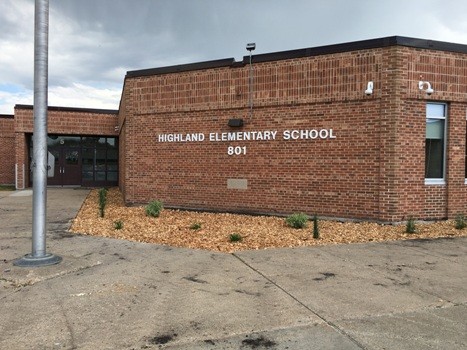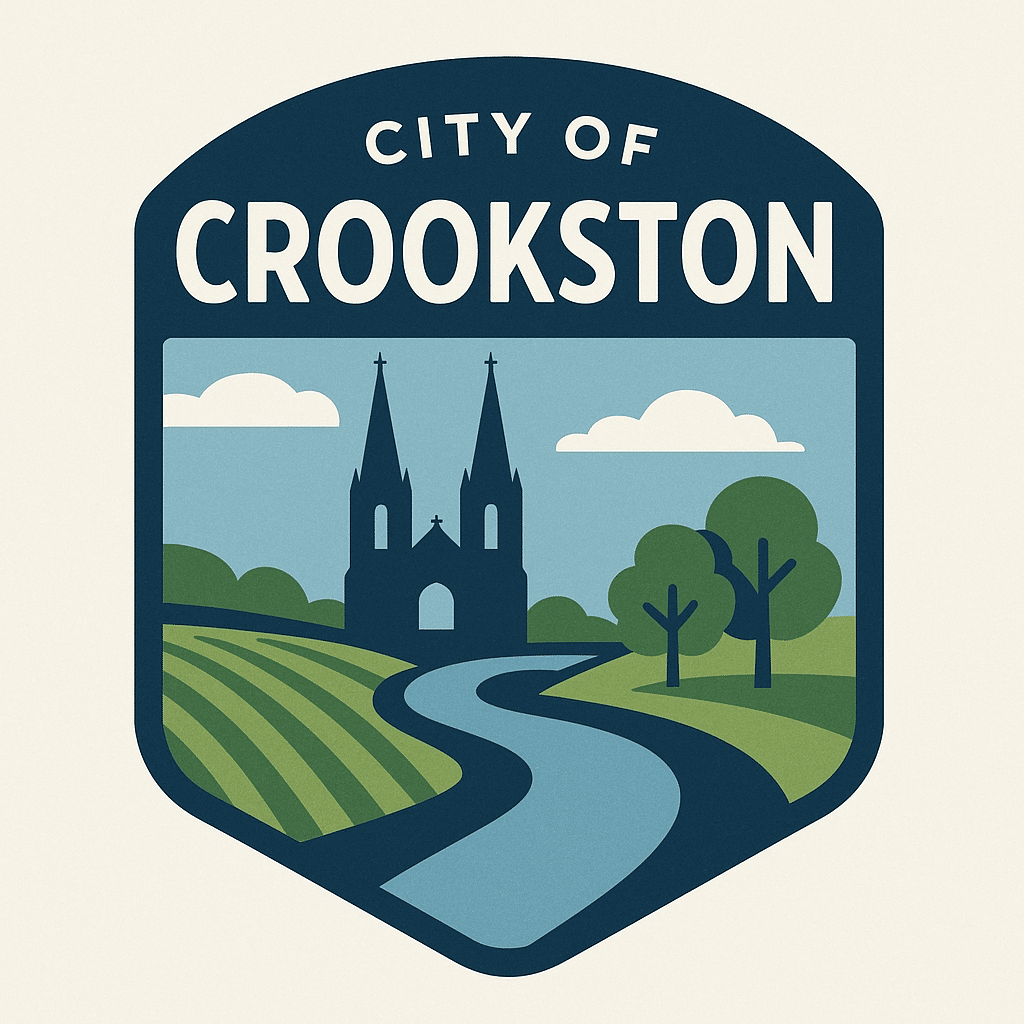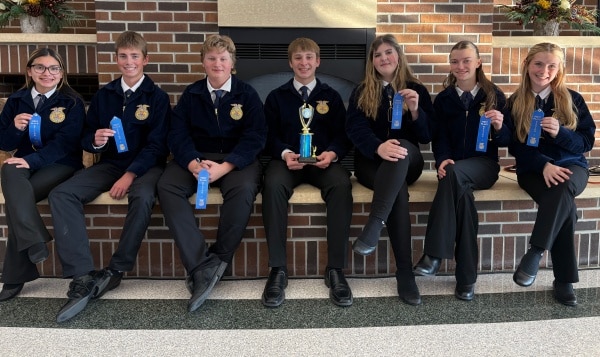On Wednesday, students across the Crookston School District had an asynchronous learning day via Google Classroom, and the staff at each school took some time to review the winter data on student learning.
Highland Elementary School Principal Chris Trostad said the most significant concern identified with learning loss is attendance. “Today, teachers were doing data retreats with every grade level to see where we’re at,” said Trostad. “I think a big concern with everybody in education is learning loss, so we’re trying to measure that with our winter testing. I think the biggest concern and issue we’ve seen is attendance. Distance learning is not good in a lot of situations where students are relying on themselves to get up in the morning and get the computer on. Some students are distance learning and doing a great job every day. Then we’ve got some that have missed a ton of school, aren’t showing up, and aren’t doing work. We know that’s a national crisis or issue with the number of kids that are failing classes and grades because they aren’t doing anything.”
Last spring was also a challenge with the sudden transition to distance learning for the final two months of the year, which has resulted in having to re-teach some topics explained Trostad. “Each grade level is taking a look at their students and how we feel about where they are at,” said Trostad. “There has been a lot of re-teaching from the previous year. COVID last spring has caused first grade to back up and teach some kindergarten things; the second grade teaches some first-grade things. It’s this whole backload and then try to race through and teach everything for the MCAs that you normally hardly have enough time to teach all those standards, let alone back up and teach what we lost in COVID. It’s kind of a catchup year, and trying to stay on track with what we didn’t have time to do the year before. But I believe our teachers are doing a really good job. We’ve seen some really good gains with students, so that’s where I’m pleased to have an excellent staff that gets great growth for the kids.”
Trostad said more students have begun to come back for regular in-person learning as the school has shown it can provide a pretty safe environment. “We’re highly encouraged that a lot of kids are starting to come back to school,” said Trostad. “All of our teachers at Highland School have received vaccination shots now. It’s really been pretty safe. I don’t know of a single kid that has contracted COVID from a positive student at Highland School. Almost every situation has come from the outside, with parents keeping the kids home before getting tested. We’ve quarantined quite a few kids, but on the other hand, I feel wearing the masks, social distancing, everything we’re doing is working.”
There are still challenges to in-person learning, such as the recently updated close contact guidelines. Previously, close contact was 15 consecutive minutes of contact within six feet, but the updated guideline says a close contact is now 15 minutes total throughout the day. Trostad said that one positive case can result in the quarantine of large groups of students in some cases. “We had a weekend where we had calls from people over the weekend,” said Trostad. “A lot of situations, a parent will keep a kid home for 3-4 days because of symptoms and then get tested. A week later, we find out they were positive, and thank goodness they weren’t in school for 3-4 days before getting tested. We do go to extreme measures to follow the Minnesota Department of Health guidelines to quarantine kids as soon as we find out. We want people to be safe, and we don’t want anybody to get deathly sick from this stuff. We had three classes over one weekend where we quarantined the entire classes, and one class was quarantined before that. Sometimes it can be one adult. We had a substitute that knocked out 76 kids. It’s a matter of who they were exposed to. You can knock out a lot of people with one exposure.”
Trostad added that teachers have an advantage in helping students by monitoring their work as it happens to identify the student’s needs. “A lot of times, teachers are answering questions before kids even have them,” said Trostad. “That’s hard to do through a computer. It’s easy to do walking around a classroom and seeing what the kids are doing to know what help the kids need.”
Ultimately, the staff and students are preparing for the MCAs or Minnesota Comprehensive Assessments in April, said Trostad, while also again stressing the importance of student attendance. “We’re looking to see if we can do better than the state average,” said Trostad. “We know the whole state of Minnesota is going to be down from previous years in MCA testing, but all of the MCAs and growth measures you’re really being compared to what all the other teachers in the State of Minnesota are doing with their kids. Our goal is we want to be better than the average. Hopefully, we can catch up as much as possible for these students, but we need them in school. Attendance has been a major issue for some of these students, and it’s really frustrating for teachers trying to catch these kids up when they’re not in school. Really need parents to get these kids to school and in class every day. When distancing learning, they need to be on time, have their cameras on, and work. It seems to be a common thread with some of the distance learning that kids just aren’t doing anything.”




